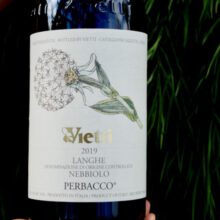
Product information
Vietti ‘Perbacco’ Langhe Nebbiolo MAGNUM 2019
$135
Description
Every year I put away a box of Perbacco Magnums! They make for a wicked party wine!
We’ve got to remember the pedigree of this wine. The fruit comes from parcels in Bricco Boschis, Liste, Brunella, Crocetta, Pernanno, Fossati, Ravera in Novello and Scarrone. All stunning vineyards. That’s what makes it such a good benchmark for the Barolo’s from the same year.
Over the last couple of years a splash of Barbaresco is blended into the Perbacco too!
Like previous years, the 2019 is such a deceptive wine. There’s a lot going on in this multi-vineyard blend. The hyperbolic wine description “Iron fist in a velvet glove” seems appropriate. Intensity with elegance. When a winery like Vietti gets bought out the question over maintaining standards hangs overhead for a few years.
If the 2019 Perbacco is anything to go by I’d say not only is Vietti maintaining standards they are raising the bar. A palpable energy and vitality here.
Every sniff offers something new. Perfume, red fruit, dark fruit and slate, pops of anise, spice and beyond.
As it resolves and enters the next phase of its life it will offer more and more with each year.
It’s always a fun wine that wears the vintage on it’s sleeve!
Out of stock









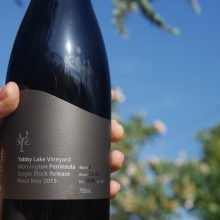
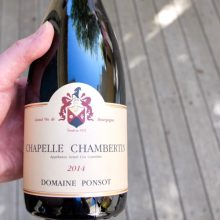
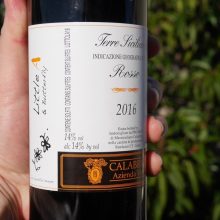
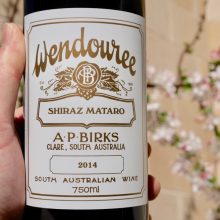
You must be logged in to post a comment.